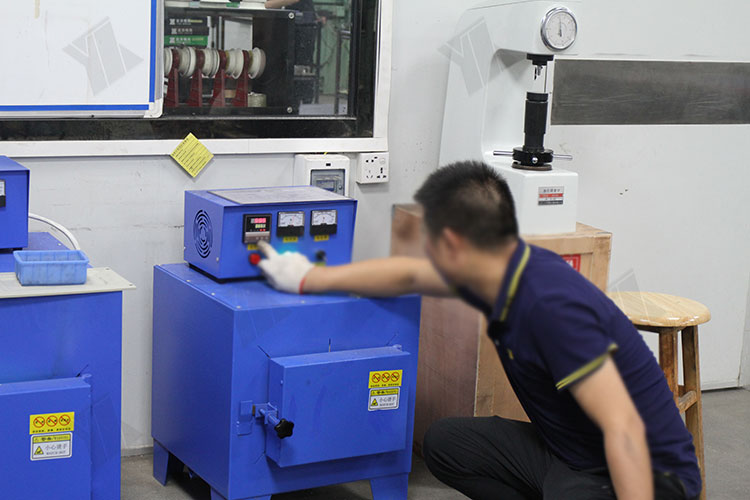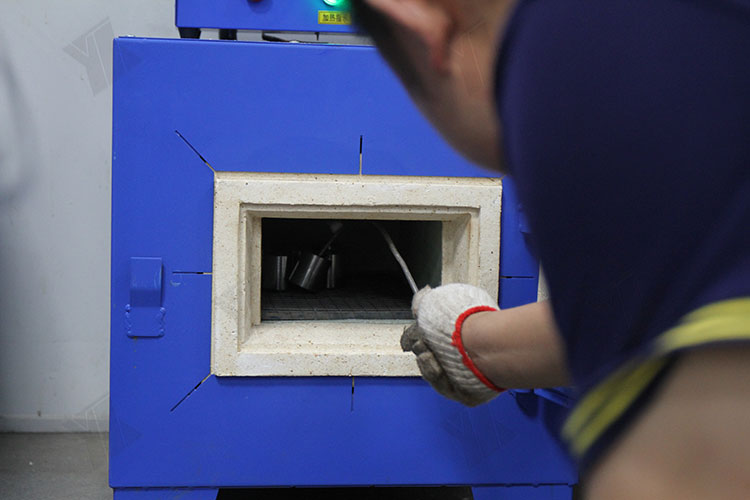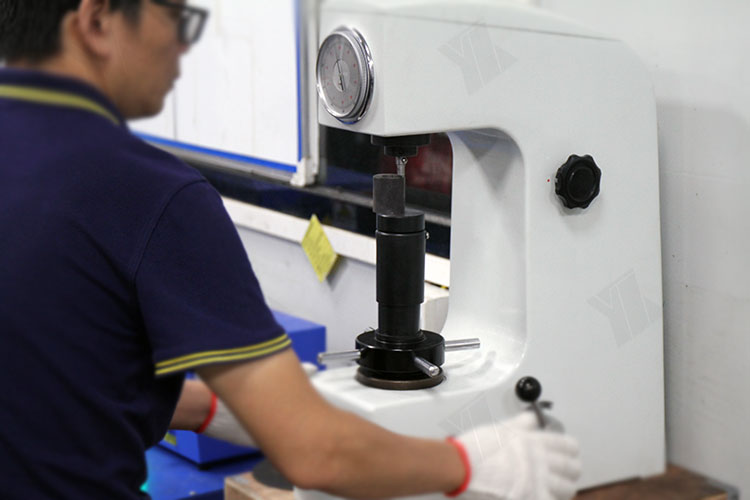Heat treatment: annealing normalizing quenching and tempering
Cheap processing factory. Steel processing often requires heat treatment, including annealing, normalizing, quenching, and tempering. However, carbide materials typically do not require heat treatment and may only need stress-relieving treatments.
Steel processing often requires heat treatment, including annealing, normalizing, quenching, and tempering. However, carbide materials typically do not require heat treatment and may only need stress-relieving treatments.
What is heat treatment, and what is its purpose?
Heat treatment is a process of heating, holding at a specific temperature, and cooling solid metals or alloys in a controlled manner to obtain the desired structure and properties. The main purposes of heat treatment are as follows:
Our factory business: carbide parts, mold parts, medical injection molds, precision injection molds, teflon PFA injection molding, PFA tube fittings. email: [email protected],whatsapp:+8613302615729.
- To increase hardness, strength, and toughness.
- To improve the wear resistance and corrosion resistance of the surface.
- To enhance processability during machining.
- To eliminate internal stresses generated during processing.
- What is quenching, and what rules should be followed during quenching?

Heating Equipment
Quenching is a heat treatment process in which a steel component is heated to a temperature above the Ac3 or Ac point, held at that temperature for a certain time, and then rapidly cooled to obtain martensitic and/or bainitic structures, thereby improving the strength and hardness of the steel component. The following rules should be followed during quenching:
- The quenching temperature must be maintained. If the temperature is not reached, the component should be further heated and held for a certain time before being placed in the appropriate cooling medium.
- It is preferable to quench at lower temperatures, as this leads to higher hardness and toughness, provided that the desired hardness is achieved.
- Larger carbon steel components are quenched in water, while smaller ones are quenched in oil. When the temperature is between 550-600°C, water quenching is used, and when the temperature is between 200-300°C, oil quenching is employed.
- Tungsten carbide parts are cooled in water, while thin and delicate tools are cooled in oil.
- Long and thin steel components, such as saw blades, should preferably be fixed on an iron plate during quenching to minimize deformation.
What is tempering? What are the different types of tempering, and what are their purposes?

Carbide heating
What is tempering? What are the different types of tempering, and what are their purposes?
Although quenching can increase the hardness and strength of steel components, it also introduces internal stresses that can make the steel brittle. Therefore, tempering is necessary after quenching. Tempering involves reheating the hardened steel component to a temperature below the Ac point, holding it at that temperature for a certain time, and then cooling it to room temperature. This heat treatment process aims to relieve internal stresses and improve toughness. Tempering is generally classified into the following three types based on the heating temperature:
- Low-temperature tempering: Heating temperature ranges from 150-250°C. The purpose is to partially relieve internal stresses and increase the toughness of the steel component.
- Medium-temperature tempering: Heating temperature ranges from 350-450°C. The purpose is to further relieve internal stresses and improve the toughness of the steel component.
- High-temperature tempering: Heating temperature ranges from 500-680°C. The purpose is to completely relieve internal stresses and provide the steel component with high hardness, toughness, and wear resistance.

hardness measurement
What is annealing? What is its purpose?
Annealing is a heat treatment process where a metal or alloy is heated to a suitable temperature, held at that temperature for a certain time, and then slowly cooled (usually in a furnace). The purpose of annealing is to reduce hardness, improve machinability, increase ductility, and improve mechanical properties. Additionally, annealing can eliminate internal stresses, uneven microstructures, and coarsening of grains in cast and forged components.
What is normalizing? What is its purpose?
Normalizing is a heat treatment process where steel or steel components are heated above the Ac3 temperature and then cooled in still air. Normalizing differs from annealing in terms of cooling rate; normalizing involves faster cooling, and sometimes the heating temperature is higher than that of annealing. The purpose of normalizing is to refine the structure, increase the strength and toughness of low-carbon and medium-carbon structural steel components, reduce internal stresses, and improve machinability.






